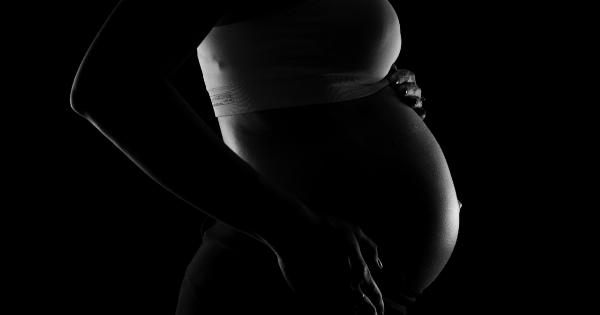Walking is a simple and effective way to stay active and maintain a healthy lifestyle. Not only does it improve cardiovascular fitness and strengthen muscles, but it also helps in managing weight.
One of the significant factors to consider while walking is the number of calories burned during this activity. In this article, we will explore the various factors that affect calorie burn while walking and provide you with a clear understanding of how walking can contribute to your overall health and fitness goals.
Factors Affecting Calorie Burn while Walking
The number of calories burned during walking depends on several factors. Let’s delve into each of these factors to get a better understanding:.
1. Body Weight
Body weight plays a crucial role in determining the number of calories burned while walking. In general, the more a person weighs, the more calories they will burn during exercise.
For instance, a 160-pound individual will burn approximately 314 calories by walking for an hour at a moderate pace of 3.5 mph. On the other hand, a person weighing 200 pounds will burn around 391 calories during the same duration and speed.
2. Walking Speed
The speed at which you walk significantly affects the number of calories burned. The faster you walk, the more calories you will burn. A leisurely stroll will burn fewer calories compared to brisk walking or power walking.
For instance, a 160-pound individual will burn roughly 314 calories per hour walking at a pace of 3.5 mph, while the same person will burn approximately 314 calories in just 30 minutes by picking up the pace to 4.5 mph.
3. Distance
The distance covered while walking also impacts the total calorie burn. The longer the distance, the more calories you will burn.
Whether you track your walking distance using a fitness tracker or estimate the distance, you can calculate the approximate number of calories burned based on your body weight and walking speed. Ultimately, achieving a calorie deficit can contribute to weight loss and improved fitness levels.
4. Inclines and Terrains
The incline and terrain of your walking route also influence calorie burn. Walking uphill or on challenging terrains requires more effort and hence burns more calories than walking on a flat surface.
Uphill walking engages more muscles, particularly the glutes, hamstrings, and calves, making it a more intense workout. So, if you have access to hilly areas or inclined treadmills, incorporating them into your walking routine can enhance calorie burn.
5. Duration
The duration of your walking session directly affects the calorie burn. The longer you walk, the more calories you will burn.
For instance, a 160-pound individual walking at a moderate pace of 3.5 mph will burn approximately 157 calories in just 30 minutes. Extending the walk to a full hour will double the calorie burn to approximately 314 calories.
6. Frequency
Walking frequency determines the total number of calories burned over time. Consistency is key when it comes to walking for fitness and weight management. Incorporating regular walks into your weekly routine can help you reach your desired health goals.
Aim for at least 150 minutes of moderate-intensity aerobic activity, such as walking, per week to enjoy significant health benefits.
7. Fitness Level
Individual fitness levels also influence calorie burn while walking. As you become fitter, your body becomes more efficient at performing the same activity, leading to fewer calories burned.
To continue challenging your body and burning calories effectively, you may need to increase your walking speed, duration, or incline periodically.
8. Age
Age is another important factor that impacts the number of calories burned while walking. As we age, our metabolic rate tends to slow down.
This means that older individuals may burn fewer calories compared to their younger counterparts while performing the same activity at the same intensity. Regular exercise, including walking, becomes increasingly crucial for maintaining a healthy weight as we age.
9. Muscle Mass
Individuals with a higher muscle mass tend to burn more calories while walking. Muscles are metabolically active tissues, meaning they require more energy for maintenance and functioning.
As a result, individuals with a higher muscle mass have a higher resting metabolic rate, leading to increased calorie burn even during low-intensity activities like walking.
10. Health Conditions
Specific health conditions can impact the number of calories burned while walking.
For example, individuals with conditions like osteoarthritis or peripheral artery disease may have limitations in their ability to walk long distances or on challenging terrains. It is important to listen to your body and consult a healthcare professional if you have any concerns or limitations related to walking due to medical conditions.
The Bottom Line
Walking is an excellent form of exercise that promotes overall health and well-being.
The number of calories burned while walking depends on various factors such as body weight, walking speed, distance, inclines, duration, frequency, fitness level, age, muscle mass, and health conditions. Incorporating regular walks into your routine and making adjustments to these factors can help you achieve your fitness goals while maintaining a healthy weight.























